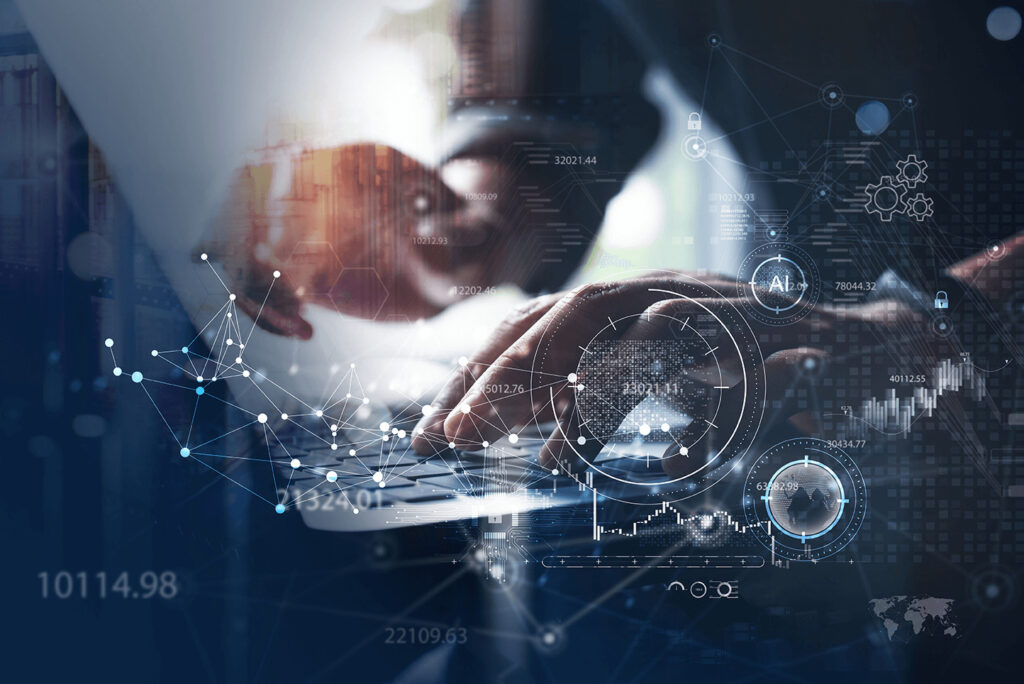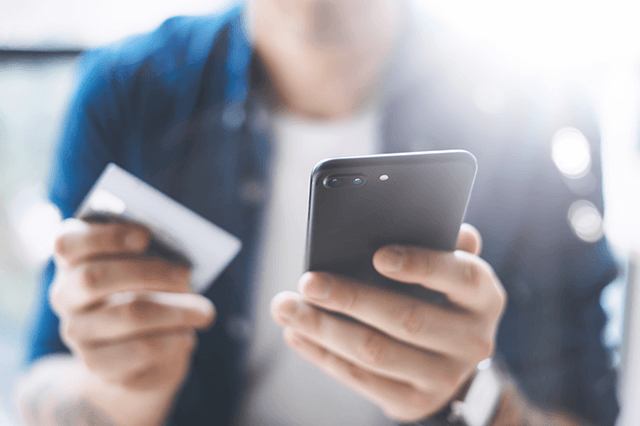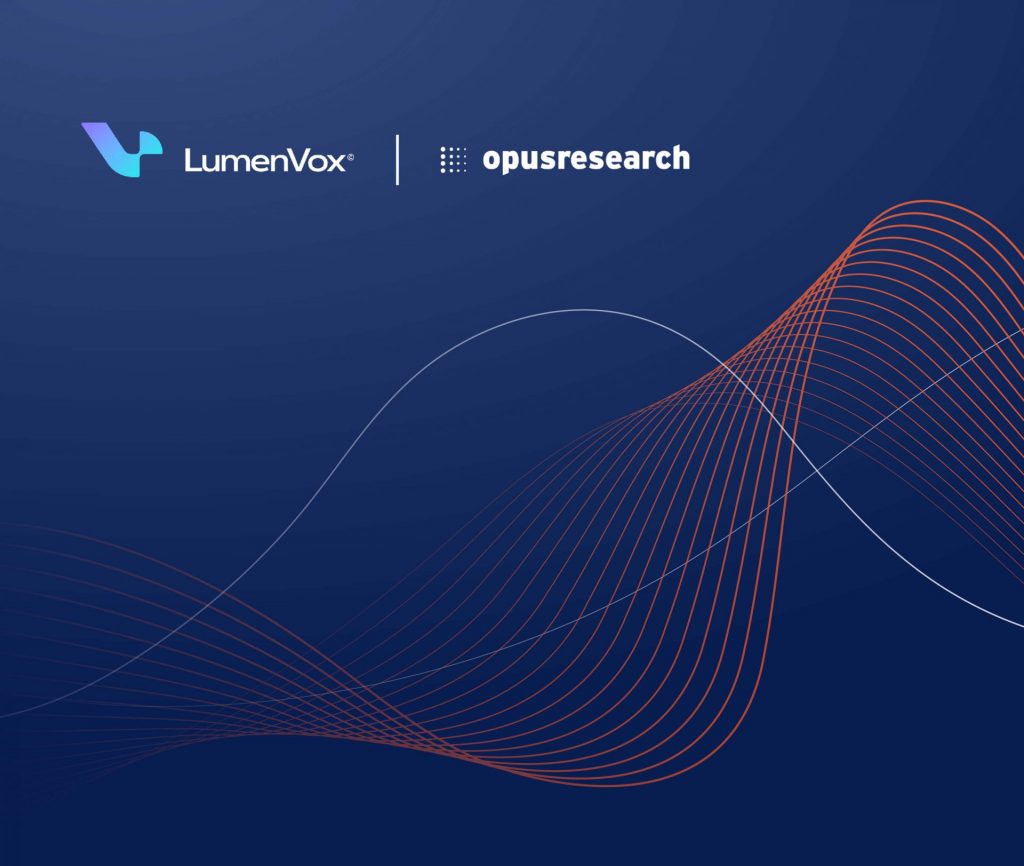LumenVox Luminaries is a podcast that broadcasts thought leadership pieces on the subject of voice technology. This episode features Matt Whipple, Senior Vice President of Global Voice Biometrics Sales with his perspective on fraud and its effect on contact centers as it relates to COVID-19.
You can connect with Matt on LinkedIn here and Twitter here.
Listen to the Podcast
Read the Transcript
Hi, I’m Matt Whipple, the Senior Vice President of Sales for the Voice Biometrics Suite of products within Lumenvox. I’ve been working in voice biometrics for approximately 15 years, give or take.
So today we’re talking about fraud and specifically fraud as it pertains to current events; COVID is changing the world rapidly, and those changes are increasing fraud dramatically, particularly for contact centers. So today we’ll be discussing how COVID-19 is changing the face of fraud in the context in our world.
Q: How is COVID-19 affecting fraud in the contact center?
We’re seeing a couple of things: One is a dramatic increase in unemployment. And whenever we see increases in unemployment, we see increases in theft. People are either desperate or people become opportunistic, so let’s look at that a little further. When people are unemployed, they don’t have income; they still have mouths to feed; they’re willing to take advantage of other people or particularly companies when they can’t. So we get people who are not necessarily normally fraudsters starting to perform fraudulent activities. And the least risky way to steal from a financial institution, for example, is over the phone. Walking into a bank with a mask on and a gun in your hand is a surefire way to get caught; calling a call center, well, it’s a very difficult way to get caught. So we’re seeing fraud rising, fraud-related phone calls rising. Moreover, fraudsters are now opportunistic. They’re preying on people who are scared about the uncertainty in the market and as a result, fraudsters are doing social engineering with individuals for the sake of taking over those individuals accounts. They call a financial institution; they pretend to be you using stolen credentials–a Social Security number, a mother’s maiden name, and so on–and they are increasing their attacks within financial institutions.
Q: How can businesses mitigate the risk?
Specifically, around fraud in the contact center, there are a bunch of tools. One of the things that contact centers have been doing for a long time is looking for risky transactions. If I never place a high-dollar value wire transfer out of my account and all of a sudden somebody is trying to wire a whole bunch of money out of my account, that could be a sign of fraud. But it also could be a sign of the times. Maybe I’m wired wiring money to friends and family who need it, so there it doesn’t mean there is fraud, it means that banks have to be especially cautious today on these sorts of transactions and any tools that they can have, like the kind of tools that uncover these anomalies, for example, are beneficial tools. Another layer of security–we always think of security in terms of layers—that is being deployed is voice biometrics. When a real customer is calling in on their own account, we compare their voice to their voiceprint on file, and we know who we’re speaking to. We know that this is the real customer; we also have the capability with the sound of the voice to compare a caller’s voice to a voiceprint of known fraudsters. If this is somebody who is stolen from a particular financial institution, for example, we can identify that voice as the voice of a known fraudster; we can flag those transactions and prevent those transactions; we can secure our customers account while ensuring that this company isn’t losing money to those fraudsters. This is how voice biometrics plays a dual role: one is authenticating real users and two is stopping the fraudsters from stealing.
Q: Can you go into greater detail about LumenVox Fraud Scanner?
So when we’re looking for fraud within the contact center, specifically using voice, there’s a couple of areas/ a couple of techniques that we use; one of those techniques is scanning high risk calls shortly after the fact. Here’s the idea: If a fraudster is calling it on my account, and they’re using my stolen Social Security number my mother’s maiden whatever the case is, fraudsters may be performing a benign transaction, like just getting my account balance, that might be a low risk transaction, and we might not chase that transaction because there’s not a lot of damage you can do. Now that is the fraudster probing my account which will come back into play a little bit later, but specifically when we get high risk transactions—such as have fraudsters trying to change my mailing address or change my email address or trying to order a new credit card, reporting a lost/ stolen card—or the areas where the fraudster might have the opportunity to intercept my snail mail or my email or to get a new car–which they can then go use either online or in retail, there are certain transactions that we want to scan more than others. So what we do is we take the call recording just after the call. So the fraudster hangs up with the call center agent. Within an hour or a day depending on business rules, we have flexibility, we scan that call; we compare that caller’s voice to the voiceprints of known fraudsters that is people who stolen from us before.
If a fraudster is successful in an account takeover, we listen to that recording, we take that fraudster’s voice; we add it to the watchlist. Now we compare the high-risk calls from today against that watchlist of known fraudsters. If any of today’s voices matched the voiceprints of the fraudsters who have attacked us in the past those accounts/ transactions are flagged, and then what happens is the fraud analyst says “OK, we’ve got a voice matches somebody on the watchlist. It’s an account that doesn’t look like it has other signs of fraud.” Say it’s an address change, or a new card request, for example, the fraud analyst will call that customer the next morning and say, “Hey did you change your address? Did you order a new card?” If the customer says, “Yeah, I did.” Ok, well good. Then you did the right thing. If, however, the customer says, “No, I didn’t do that now.” The fraud analyst says, “OK, good, we just got something on your account; your account is perfectly safe; there’s nothing to worry about here.” We’ve created a positive customer touchpoint, and we’ve salvaged this customer from going through an identity theft, and we’ve saved the bank or the financial institution money. So it’s pretty easy process once it’s set up–these batch files occur almost automatically; the fraud analyst look at the results; they react fairly quickly; we help keep customers safe; we help keep fraud out of it out of the organization.
Q: Can you go into greater detail about LumenVox Passive Voice Biometric Authentication?
Passive authentication deployment listens to the audio in real time. So you’ve all heard, “Your call may be monitored or recorded for quality and training purposes.” And it’s true, your call is being recorded, but there’s a couple of things that can be going on behind the scenes. For some of the large banks in the US and for a few of the smaller banks, what’s actually happening is as a customer is having a conversation with a call center agent, their voice is being used to initially create a voiceprint. Once that voiceprint has been built, once the agent has received consent something like, “We’re using voice security now. Is it OK if I tie your voice to the security of your account?” Consumers overwhelmingly say yes. The next time that caller calls in, we’re comparing the caller’s voice to the voiceprint on file and instead of the agent asking for last for your social or your PIN or your mother’s maiden name, the caller’s voice is being compared to the voice profile; the agent is getting a green light on their desktop saying no more security questions necessary. We lower handle times. We save operational costs. And we increase customer satisfaction as well as agent satisfaction. So this is a very positive technology in terms of customer enhancement while driving operational costs down.
Q: What sets LumenVox apart in the market today?
LumenVox has a long and rich history in both speech recognition and in voice biometrics. In speech recognition we’re deployed all over the world in dozens of languages. In the voice biometrics world where we have historically played is doing password resets, doing employe-facing applications and deploying active biometrics in the IVR. What’s changing–as the market evolves, as we as a company evolve–we recognize that fraud is growing contact center fraud is growing faster than all other fraud humans are the weakest link, and fraudsters know that. They are exploiting the fact that it’s human, contact center agents whose job is to be helpful, not to be security experts, their job is to be helpful. It’s pretty easy to socially engineer them, so it’s a space that many of us within LumenVox have been playing in for a very long time. We’ve got tremendous depth in terms of a fraud detection capabilities. We’re bringing it to market in a slightly different way, which is meant to be repeatable, fast and nimble. As we’re catching fraudsters, the market’s changing quickly we’re going to differentiate by adapting more quickly than some of the big more established vendors who are already in this space.
Have questions about LumenVox Fraud Scanner? Contact us today!
Missed one of our past podcasts? Listen to them here.





